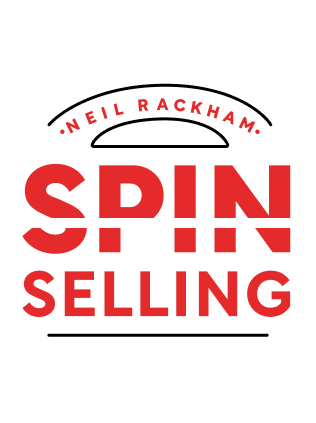

This article is an excerpt from the Shortform summary of "Spin Selling" by Neil Rackham. Shortform has the world's best summaries of books you should be reading.
Like this article? Sign up for a free trial here .
What are problem questions in SPIN selling, and how can you use them to make a sale?
Problem questions are questions that explore problems or issues your product or solution can solve—for instance, “Are you concerned about meeting your clients’ quality standards with your aging equipment?” Less experienced reps don’t ask enough of these questions.
SPIN selling problem questions revolve around the idea that customers have a problem in their work that needs solving. These questions can help you understand the customer’s needs, and figure out the next steps.
The SPIN Selling Approach
Huthwaite researchers found that successful reps in large sales spend the most time on the investigating stage and handle it differently from the traditional approach.
In traditional sales, reps emphasize product features and use standard techniques to address objections and close a sale. In contrast, successful reps ignore traditional techniques and instead focus on asking four different types of questions in a certain order, the SPIN sequence: 1) S-Situation questions, 2) P-Problem questions, 3) I-Implication questions, and 4) N-Need-payoff questions.
Problem Questions
SPIN Selling problem questions are intended to reveal implied needs. They ask customers what their problems and frustrations are.
Problem questions examples include:
- How is your current equipment working for you?
- What are the shortcomings of your system?
- Does your aging equipment create problems for you with quality or speed?
Research indicates that:
- In all sales, problem questions impact success more than situation questions do.
- In smaller sales, questions are a predictor of success. The more SPIN problem questions a rep asks, the more likely she’ll make a sale. When reps get training to ask these questions in small sales, their sales jump.
- In successful small sales, reps ask twice as many problem questions as reps do in unsuccessful small sales.
- In larger sales, questions don’t have a major effect on sales success (discussed below).
It makes sense that the questions would contribute more to sales success than fact-finding or situation questions do—because when you uncover problems you can address, you have something relevant to offer the customer.
Further, SPIN problem questions engage customers because you’re talking about something they’re interested in, as opposed to taking up their time with routine and possibly repetitive situation questions.
Problem Questions in Major Sales
While SPIN selling problem questions contribute strongly to success in small sales, they’re just a starting point for building needs in large sales. Remember, in larger sales, once you uncover implied needs, you need to build them up into explicit needs, because the customer must perceive the need to be greater when the cost of solving it is greater.
In larger sales, questions are an important building block, although they don’t create success in and of themselves the way they do in smaller sales.
Problem questions help get to the root of the customer’s needs, and help you forge a connection. With problem questions, you’ll be able to work closely with customers in the sale.

———End of Preview———
Like what you just read? Read the rest of the world's best summary of Neil Rackham's "Spin Selling" at Shortform .
Here's what you'll find in our full Spin Selling summary :
- What the SPIN in SPIN Selling stands for
- How to demonstrate real value to the person you're selling to
- How to get commitment from your customer to close the sale fast





